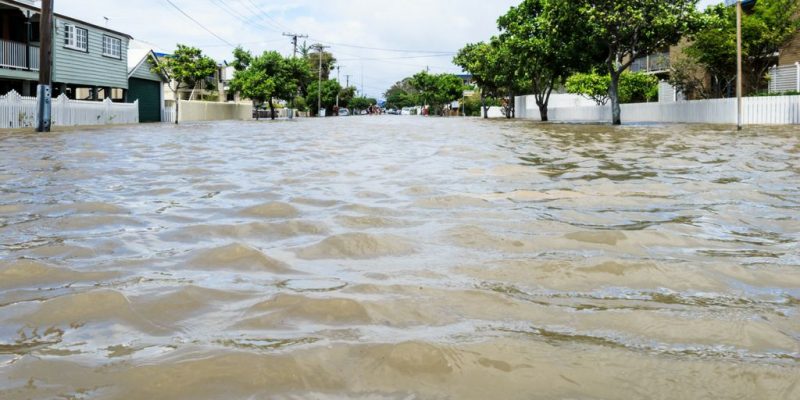As people try to rebuild their lives after disasters such as Hurricane Harvey, Irma or Martha and the recent earthquakes in Mexico, repair, demolition and construction are crucial. Major disasters introduce a broad range of worker safety and health risks that construction workers need to cope with. These can make an inherently dangerous profession even more hazardous.
Construction workers play crucial roles at every stage of a disaster:
- Before one occurs they take measures to reduce hazards and damage by reinforcing structures
- During the disaster they contribute to emergency response efforts
- After the disaster, they clear debris and carry out reconstruction
Buildings that have been subjected to a disaster may be damaged in many ways. Foundations, walls and roofs may be weakened or destroyed. Accumulated debris may be unstable and need to be cleared.
Meanwhile supplies may be unavailable or unusable and equipment might be damaged. Water may have gotten into equipment or gasoline supplies. Personal protective equipment (PPE) is needed more than ever but may not be available, leaving the worker unprotected at a time when there is an increased risk for accidents.
Use of guidelines and algorithms can be helpful for worker safety and health since unfamiliar and dangerous situations can be handled better when relying upon established protocols. Some of the medical calculators that can be used for worker and citizen safety in disasters are suggested throughout the discussion below.
Environmental Hazards
Hurricanes, flooding and tsunamis bring in large volumes of water which introduce debris flows, landslides and sink holes. High winds can cause significant damage and spawn tornadoes. These hazards are summarized in Hurricanes & Floods from the National Institute of Environmental Health Sciences.
These forces can destroy or damage utilities resulting in risk of electrocution, fire and hazardous chemical release. People using generators improperly may be exposed to lethal levels of carbon monoxide. Extreme temperatures and exposure to the elements also introduce sometimes lethal situations, especially for vulnerable populations.
- Clinical Classification for the Severity of Carbon Monoxide Toxicity

- Mortality Prediction Using Inhalation Injury, Burn Size and Age

Disasters may bring humans and wild animals into contact. Flooding allows alligators to expand their range. Carnivores such as coyotes may be starving or displaced, representing a hazard to pets and small children. Animals with rabies may come into contact with humans. Poisonous snakes may be anywhere. Insects such as mosquitoes, fire ants and flies can go through a population explosion.
Contaminated Water and Air
Damage and destruction to water and sewage systems results in contamination of potable water and release of raw sewage into the environment. All manner of human pathogens may proliferate in the standing water and can infect wounds or abrasions. Tetanus is a constant threat. Contaminated water supplies can result in epidemics of cholera or be a threat to the immuncompromised. If this is not enough, horrid smells may develop after a few days due to decomposition.
- Medical Conditions Predisposing to Serious Vibrio Infections

- Steps to Reduce Exposure to Micro-Organisms When Swimming in Natural Bodies of Water

- Prevention and Control of Norovirus (Norwalk Agent) Infection

In warmer areas, molds can rapidly proliferate in homes and sunken vehicles, seriously damaging the air quality. In addition, spores of deep fungal pathogens such as Coccidioidomycosis or Histoplasmosis may be released, resulting in fungal pneumonias.
Psychological Hazards
As outlined by FEMA, a disaster can be extremely stressful and psychologically traumatic for anyone who is exposed. Construction workers may see a broad range of tragedies. During a disaster, heavy construction equipment may be needed to find survivors in a collapsed building. Sometimes workers become involved in a body recovery event. Acute stress and long hours can be exhausting.
Bottom Line
Recovery from a disaster involves difficult and dangerous work. It can be mentally and physically draining. Guidelines and algorithms can help people deal with unfamiliar and hazardous problems. Shared knowledge can improve the chances of making a safe recovery.

